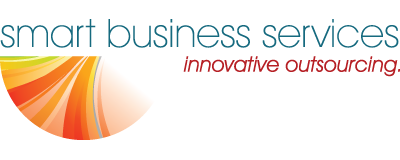05 Apr Reminder. 1st Quarter Estimated Taxes are Due
| If you have not already done so, now is the time to review your tax situation and make a 2016 estimated quarterly tax payment using Form 1040-ES. The first quarter due date is now here.
Normal due date: April 15th (2016: The due date is Monday the 18th since the 15th falls on a Washington D.C. observed holiday.) Remember you are required to withhold at least 90% of your current tax obligation or 100% of last year’s federal tax obligation.* A quick look at last year’s tax return and a projection of this year’s obligation can help determine if a payment might be necessary. Here are some other things to consider: Underpayment penalty. If you do not have proper tax withholdings during the year, you could be subject to an underpayment penalty. The penalty can occur if you do not have proper withholdings throughout the year. So a quick payment at the end of the year may not help avoid the underpayment penalty. W-2 withholdings have special treatment. A W-2 withholding payment can be made at any time during the year and be treated as if it was made throughout the year. If you do not have enough to pay the estimated quarterly payment now, you may be able to adjust your W-2 withholdings to make up the difference. Self-employed. Remember to account for the need to pay your Social Security and Medicare taxes as well. Creating and funding a savings account for this purpose can help avoid the cash flow hit each quarter to pay your estimated taxes. Use your refund? An alternative first quarter estimated tax payment option is to apply some or all of your prior year tax refund towards next year’s tax bill. Please consider this as a tax planning alternative versus issuing a first quarter estimated tax payment now, when you’ll just receive the money back in the form of a refund. Pay more in the first quarter. By paying a little more than necessary in the first quarter you can then adjust your payments later in the year. This helps reduce the risk of an underpayment penalty based on the timing of your estimated payments. * If your income is over $150,000 ($75,000 if married filing separate), you must pay 110% of last year’s tax obligation to be safe from an underpayment penalty. |

